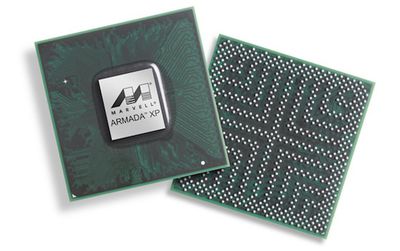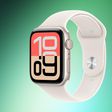
Ars Technica reports that support for Marvell's quad-core Armada XP processor has recently been added to the version of Apple's "Clang" compiler used in its Xcode developer tools. It is unclear, however, why support for the ARM-based processor has been included.
A developer who works on low-level ARM assembly coding for security products was the first to alert Ars that support had been added for Armada's Cortex A9-compatible processors in the latest version of Xcode (a claim that we later confirmed first-hand). The source code for a part of Clang that interprets what CPU type is being targeted for optimization includes a definition for an architecture type of "armv7k" and CPU type "pj4b". PJ4B is a specially optimized CPU design used in Marvell's quad-core Armada XP embedded processors.
The reports suggests that while the inclusion of Armada XP support could point toward potential adoption of the processor in a future iOS device or even a MacBook Air, it is more likely that Apple is using the processor in prototypes simply for testing purposes as it continues work on its own ARM-based chips.
Several reports have indicated that Apple's next-generation A6 system-on-a-chip will offer a quad-core processor, although Ars Technica's report suggests that the A6 is primarily being designed as die shrink of the existing dual-core A5 design.























Top Rated Comments
I also agree with Ars' prediction that A6 will simply be a 28nm die shrink of the A5. Have to save all the power they can to squeeze in a new LTE chip from Qualcomm.
Mobile quad cores follow the same philosophy as desktop ones. I don't see a distinction. They both share caches too.
Crysis?
Pffft . . .
Infinity Blade is the new benchmark. :p
Apple currently uses Marvell SoC in the Time Capsule and Airport Extreme. Perhaps Apple wants to expand the Time Capsule to become a mini-server and needs a quad core, but wants to stick with Marvell? This would certainly fit with those rumours before of the Time Capsule gaining the ability to store and stream both media and OS updates to connected devices.